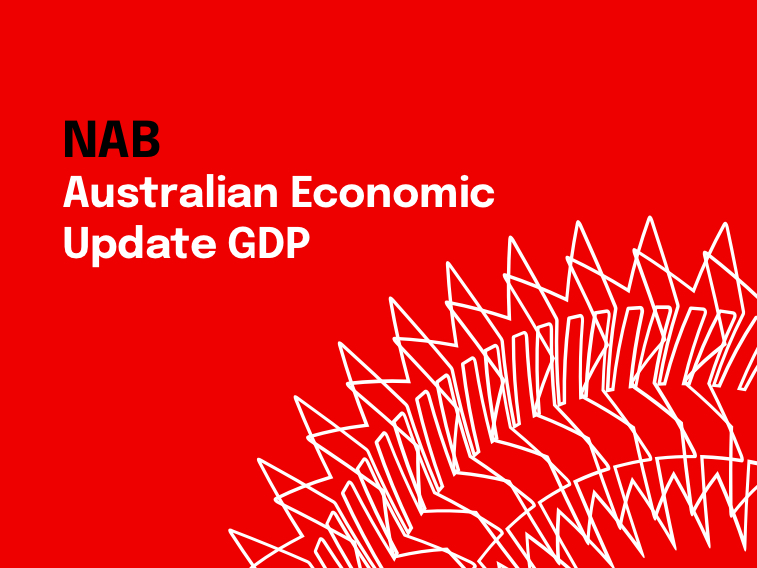Consumers lead the way


Insight
Friday’s US payrolls report delivered across-the-board strength and markets responded to script, the dollar and bond yields both sharply higher but equity markets not sure whether to embrace the more positive US growth signals or fear the seemingly near-inevitably of December Fed ‘lift-off’.

Friday’s US payrolls report delivered across-the-board strength and markets responded to script, the dollar and bond yields both sharply higher but equity markets not sure whether to embrace the more positive US growth signals or fear the seemingly near-inevitably of December Fed ‘lift-off’. The S&P 500 finished the night flat, with utilities (now seen to be in greater competition with somewhat higher-yielding bonds) and energy (via the fresh impact of dollar strength on commodity prices) suffering at the expense of banks whose profitability is seen likely to rise in a higher rates environment. Other indices ended higher however, suggesting fear of the Fed is not nearly as pronounced as earlier in the year.
In currencies, every G10 currency lost more than 1% in the immediate wake of the payrolls report, with AUD, NOK, and NZD faring worst, second and third worst respectively. AUD/USD dropped by 1.4 to 0.7043 and NZD by 1.35% to 0.6524.
Losses have been compounded first thing this morning following Sunday’s release of October China trade data. Though the overall trade surplus of $61.6bn was in line with expectations, this came about on weaker than expected (negative) export and import growth rates. Exports were down 6.9% y/y from -3.7% and the -3.2% expected, and imports down 18.8% y/y, up from -20.4% in September but worse than the -15.2% expected.
So no comfort here for those looking for an improvement in imports on stronger domestic demand, or stronger exports on improving global demand conditions. Of direct relevance to Australia, China’s customs data shows iron ore import volumes down 12.3% on the month and 4.9% down on a year ago. Coal imports were 21.4% don on the month and 30.7% lower than a year ago.
Also released over the weekend, China’s FX reserves rose by $11.4bn to $3.53tn. This is in contrast to an expected rise of about $50bn. but when set against the $60bn trade surplus last month, this still suggests substantial FX intervention to defend against RMB weakness, albeit not as much as was evident in Q2 and Q3.
Also to note from Friday is latest CFTC/IMM FX futures positioning data for the week ended Tuesday 3 November. This shows a further sharp rebuild in EUR speculative shorts, to -134.4k from -105.9k. This is, though, still back from the extremes (> -200k) witnessed earlier in the year. The overall speculative USD long vs G10 currencies rose, to 236.5k from 183.9k, still little more than half the levels seen at the turn of the year (~400k). Net shorts in AUD were little changed -38.6k from -36.4k (the data will have just captured the impact of the RBA’s no-change last Tuesday). NZD net positioning meanwhile again saw a small extension of the prevailing net long, +6.6k from +5.6k in what was the week of the RBNZ’s ‘no-change’.
Finally, yesterday’s CoreLogic RP Data weekend auction clearance data shows a slight pick-up nationwide, to 63.7% from a 61.0% (latter the lowest since 8 June 2014). Sydney rose to a preliminary 61.9% from 60.2% and Melbourne 69.3% up from 65.6%. Auction volumes remain high, 2,898 properties under the hammer Saturday versus 2,547 the week before.
This week, Australia’s NAB business survey (Tue), China’s monthly data dump (Wed), Australia’s labour market report (Thu), and US retail sales and consumer sentiment (Fri) are the known highlights. There are no less than eight ECB speakers scheduled and amid signs that the Governing Council are far from united or decided on what will come out of the 3 December ECB policy meeting.
Today, we have ANZ job ads, Japan labour earnings (one to be watching now as a key focus of government/BoJ policy), German trade and the Sentix (Eurozone) investor confidence reading.
On global stock markets, the S&P 500 was flat. Bond markets saw US 10-years +9.29bp to 2.33%. On commodity markets, Brent crude oil -1.17% to $47.42, gold-1.5% to $1,088, iron ore -1.0% to $48.21. AUD is at 0.7022 and the range since Friday’s local close has been 0.7017 (this morning) to 0.7120.
• US non-farm payrolls +271k (185k expected, 142k previous revised up from +137k);
• US Unemployment rate 5.0% from 5.1% as expected.
• US Average hourly earnings + 0.4% after flat in September (0.2% E) lifting annual growth to 2.5% from a revised 2.3% (was originally 2.2%).
• GE: industrial prod. (Sep): -1.1% m/m vs 0.5% exp.
• UK: industrial prod. (Sep): -0.2% m/m vs -0.1% exp.
• CA: unemployment rate (Oct): 7.0% vs 7.1% exp; employment +44.4k vs. +10.0k exp.
• Fed’s Bullard: sees inflation above 2% by end-2016
• Fed’s Brainard: soft foreign growth poses risks to US
• Fed’s Evans: strong jobs report bolstered the case for a December rate hike
For full analysis, download report:
For further FX, Interest rate and Commodities information visit nab.com.au/nabfinancialmarkets
© National Australia Bank Limited. ABN 12 004 044 937 AFSL and Australian Credit Licence 230686.